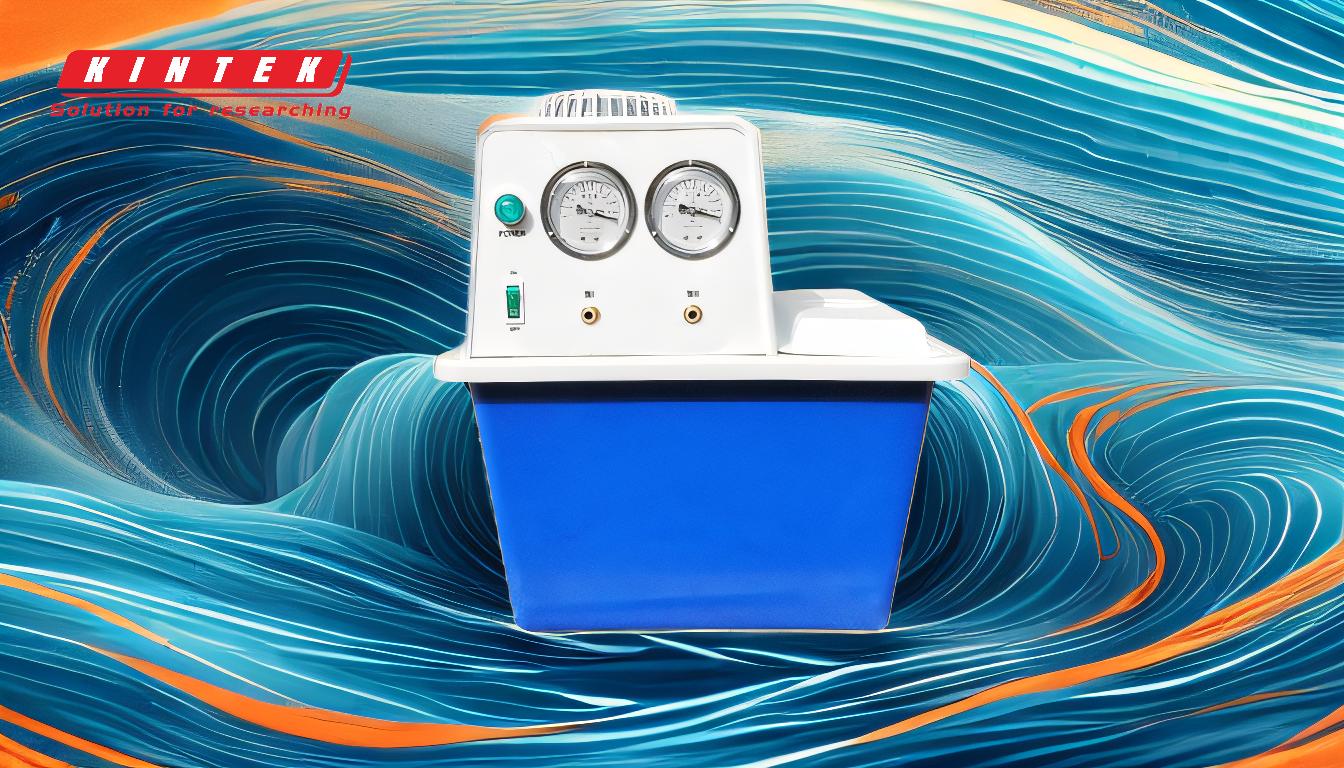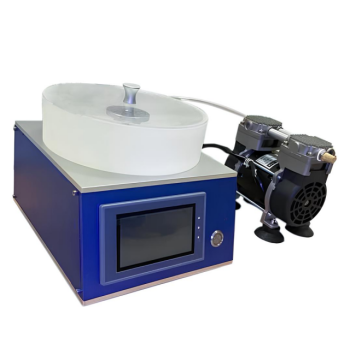Choosing the right vacuum pump capacity involves understanding your specific application requirements and matching them with the pump's technical specifications. Key considerations include the type of pump, maximum vacuum level, flow rate, chemical compatibility, lubrication needs, motor speed, horsepower, noise level, and maintenance requirements. The intended use, such as laboratory work, industrial processes, or medical applications, will dictate the necessary vacuum level and flow rate. Additionally, factors like the type of gases being pumped, system volume, and environmental conditions (e.g., noise and space constraints) should be evaluated. By carefully analyzing these factors, you can select a vacuum pump that ensures efficient operation, longevity, and cost-effectiveness.
Key Points Explained:

-
Understand Your Application Requirements:
- Intended Use: Determine whether the pump will be used in a laboratory, industrial, or medical setting. Each application has unique demands for vacuum level and flow rate.
- Vacuum Level: Identify the required vacuum level (measured in Torr, mbar, or Pa) for your process. Different applications require different levels of vacuum, from rough vacuum to high or ultra-high vacuum.
- Flow Rate: Calculate the necessary flow rate (measured in liters per minute or cubic feet per minute) to ensure the pump can handle the volume of gas or vapor being evacuated.
-
Pump Type and Technology:
- Oil-Free vs. Oil-Sealed: Decide if an oil-free pump is necessary for cleanroom environments or sensitive applications, or if an oil-sealed pump is suitable for general-purpose use.
- Pump Technology: Choose between technologies like Rotary Vane, Diaphragm, Scroll, or Turbomolecular pumps, depending on the required vacuum level and flow rate.
-
Chemical Compatibility:
- Gas Type: Consider the types of gases or vapors the pump will handle. Ensure the pump materials are compatible with the chemicals to avoid corrosion or degradation.
- Concentration: Evaluate the concentration of chemicals to ensure the pump can operate safely and efficiently without damage.
-
Performance Specifications:
- Maximum Vacuum: Ensure the pump can achieve the required vacuum level for your application.
- Maximum Flow Rate: Verify that the pump can provide the necessary flow rate to maintain the desired vacuum level under operating conditions.
- Motor Speed and Horsepower: Match the pump’s motor speed (rpm) and horsepower (hp) to the workload to ensure efficient operation without overloading the system.
-
Operational Considerations:
- Noise Level: Consider the noise level (measured in dB) if the pump will be used in a noise-sensitive environment.
- Maintenance Requirements: Evaluate the maintenance needs, including lubrication, filter replacement, and overall durability, to minimize downtime and operational costs.
- Net Weight and Size: Ensure the pump’s weight and dimensions are suitable for the installation location, especially if space is limited.
-
Cost and Longevity:
- Initial Cost vs. Long-Term Value: Balance the initial purchase cost with the expected lifespan and maintenance requirements to ensure cost-effectiveness.
- Life Expectancy: Consider the pump’s expected lifespan and warranty to avoid frequent replacements and unexpected costs.
-
Environmental and System Factors:
- System Volume: Match the pump’s capacity to the volume of the system to ensure efficient evacuation and maintenance of the desired vacuum level.
- Location: Consider the installation environment, including temperature, humidity, and space constraints, to ensure the pump operates effectively and safely.
By systematically evaluating these factors, you can select a vacuum pump with the appropriate capacity and features for your specific needs, ensuring reliable performance and long-term satisfaction.
Summary Table:
| Key Factor | Description |
|---|---|
| Application Requirements | Determine intended use, vacuum level, and flow rate for your specific needs. |
| Pump Type | Choose between oil-free, oil-sealed, Rotary Vane, Diaphragm, Scroll, or Turbomolecular pumps. |
| Chemical Compatibility | Ensure pump materials are compatible with the gases or vapors being handled. |
| Performance Specifications | Verify maximum vacuum, flow rate, motor speed, and horsepower for efficiency. |
| Operational Considerations | Evaluate noise level, maintenance needs, and size for installation suitability. |
| Cost and Longevity | Balance initial cost with lifespan, warranty, and maintenance requirements. |
| Environmental Factors | Consider system volume, temperature, humidity, and space constraints. |
Need help selecting the right vacuum pump? Contact our experts today for personalized guidance!














